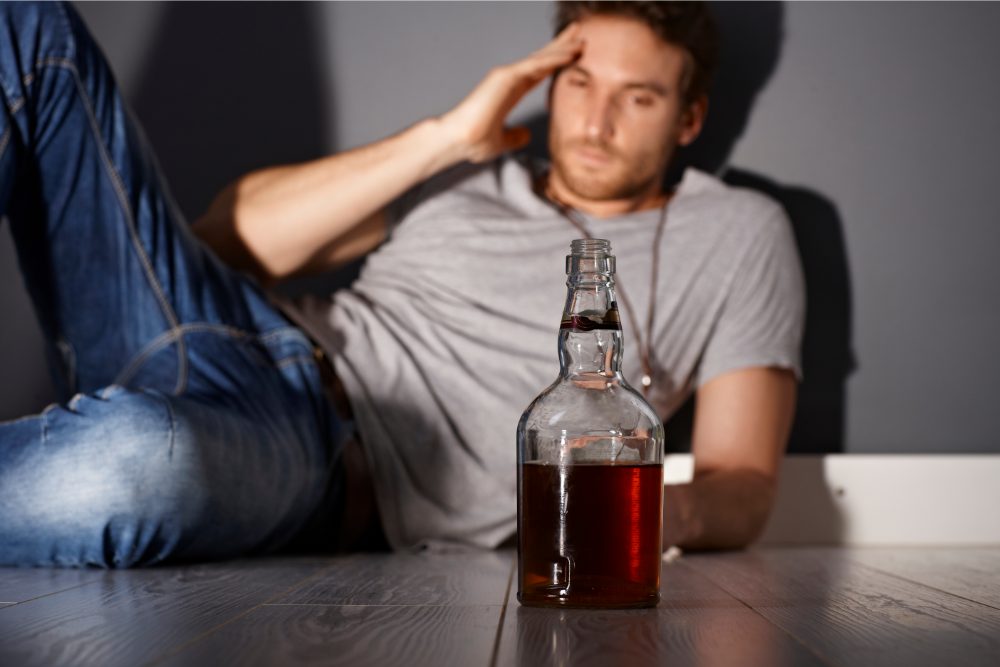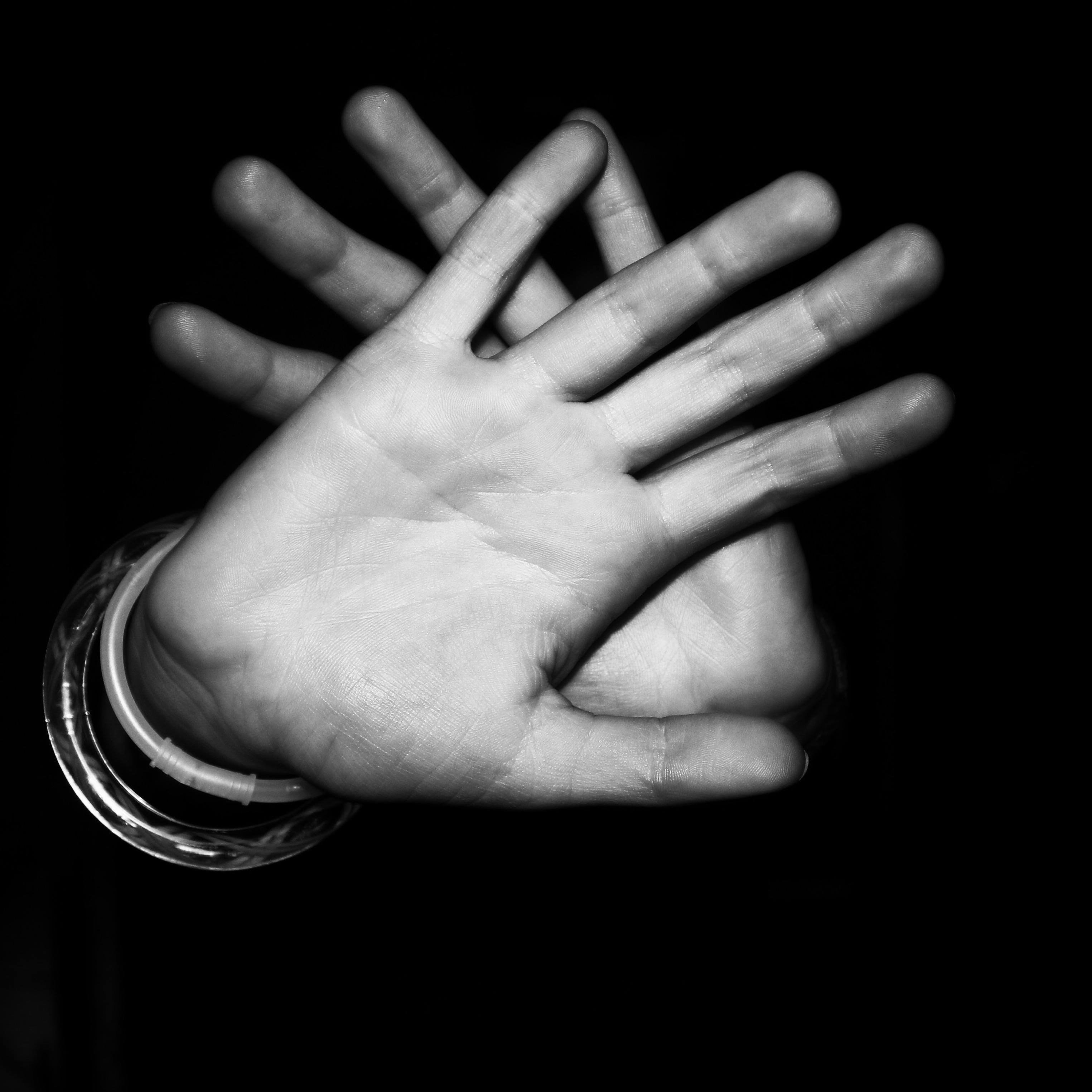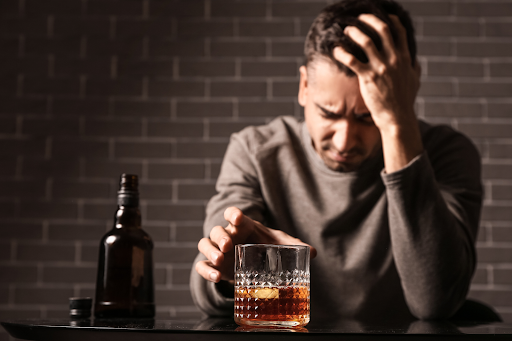Addiction is a painful experience for those caught in the cycle and for those who love or care about them.
Often misunderstood, addiction is a relentless disease in which people compulsively use substances or engage in unhealthy behaviors despite the inevitable consequences. A silent epidemic, addiction afflicts people of all ages, genders, and socioeconomic backgrounds.
Statistics on this topic are sobering. According to a 2023 survey conducted by the Johns Hopkins Bloomberg School of Public Health, approximately 32% of US adults lost someone they know to a drug overdose. Nearly 48.9 million adults lost a close family member or friend.
By raising awareness, challenging the stigma, and providing comprehensive support, we can help individuals break the cycle and release themselves from the addiction that has taken over their lives.
In this article, Wellbrook Recovery identifies the 6 stages of addiction and the importance of supporting loved ones in their journey to break out of the cycle of addiction.

Is My Loved One Caught In the Addiction Cycle?
Are you a family member or friend of someone trapped in the cycle of addiction? You are in the best position to recognize the signs of addiction in them because you have the opportunity to see the subtle changes in their behavior, mood, and habits over time.
The following are key indicators that your loved one may be caught in the addiction cycle:
Changes in Behavior:
- Increased Secrecy: Have you noticed a shift towards secretive behavior, especially about activities and whereabouts?
- Changes in Social Circles: Are they distancing themselves from old friends or family? Are they hanging out with the wrong crowd, people who engage in similar behaviors?
- Neglect of Responsibilities: Is there a decline in performance at work, school, or household tasks?
- Financial Problems: Are they constantly borrowing money or selling possessions?
- Legal Issues: Have they been arrested or cited for substance abuse or related legal trouble?
Changes in Mood and Personality:
- Mood Swings: Quickly going from euphoria to depression and vice versa, irritability and aggression.
- Loss of Interests: No interest in their hobbies, topics, or activities they usually care about.
- Appetite and Sleep Patterns: Noticeable changes in their eating habits or sleep patterns.
- Motivation: Low energy levels, lack of concentration, and lack of motivation.
Physical Changes:
- Appearance: Weight loss or weight gain, poor hygiene, or neglect of health are warning bells.
- Health Problems: Do they have frequent vague illnesses, unexplained injuries, or new chronic health conditions?
Changes in Habits and Routines:
- Substance Use: Do they use substances more often than before? Or stronger substances than before?
- Risk-Taking: Are they taking more risks like driving recklessly or having unprotected sex?
Addiction is not always obvious, so don’t be surprised if you only notice the signs retroactively. The cycle of addiction can begin gradually, but the sooner your loved one begins treatment, the better chances they have of attaining sobriety and avoiding difficult consequences.

What Are the Stages of Addiction?
Addiction progresses through a series of stages, each stage increasingly severe. By recognizing the stages of substance abuse in a family member or friend, we can take the appropriate steps toward helping and supporting them. The following are the 7 phases of addiction:
-
1. Experimentation
-
2. Regular Use
-
3. Risky Use
-
4. Dependence
-
5. Addiction
-
6. Relapse
-
7. Crisis
Let’s explore each stage of the addiction cycle so you can recognize a loved one’s progression and risk of developing a full-blown addiction. The dangers of addiction are more pronounced as an individual moves through each phase, as well as more difficult to quit.
1. Experimentation (Initial Use)
The first stage in the cycle of addiction is experimentation. This initial exposure to the substance or behavior can stem from curiosity, peer pressure, or wanting to relieve stress or boredom. In this stage, the use of the substance is controlled and occurs infrequently.
2. Regular Use
In stage 2 of the addiction cycle, you can start to see a pattern of consumption or engagement in response to specific triggers or emotions. There may still be some control, but the substance or behavior has already inhabited a significant role in their life.
3. Risky Use
In the third stage of substance abuse, individuals begin engaging in behaviors that have a higher chance of causing negative consequences. Maybe they’re using a substance in a dangerous situation, like driving under the influence, or they’re engaging in risky sexual behaviors. At this point, difficulties in relationships, work, or school appear due to substance abuse or negative behavior.
4. Dependence
The next stage is when a person develops a physiological and psychological need for the substance or behavior. The body is used to the presence of the substance, and if they try to reduce or stop using the substance, they suffer withdrawal symptoms. Intense cravings make it hard to not reach for the substance.
5. Addiction
Addiction is officially the most severe stage of a substance use disorder. Addicts have lost control over their use completely, and their focus in life revolves around obtaining and using the substance, whether it is drugs or alcohol. They neglect their responsibilities, prioritize substance use over relationships, and experience the worst tier of negative consequences.
6. Relapse
Even when an individual seeks support for their addiction, relapse is common in the recovery process. After abstaining for some time, relapse is when the person returns to the addictive substance use or behavior. Multiple factors can lead an individual struggling for sobriety to experience a relapse.
1. Stressful life events
- Losing a job
- Experiencing a breakup
- Financial stress
2. Emotional distress
- Sadness
- Anger
- Anxiety
3. Triggers associated with past use
- People
- Places
- Situations
Physiological changes in the brain’s reward system can make resisting cravings difficult to maintain even after a long time. It’s important to remember that a relapse is not a full failure, simply a setback on the long road to recovery. Relapse can happen at any stage of recovery, and a person’s support network and ongoing treatment are essential to maintain the goal of long-term sobriety.

What Is a Gateway Drug?
A gateway drug is a substance that increases your likelihood of using other, more harmful substances. Gateway drugs can act as stepping stones toward addiction.
Gateway drugs are a topic of hot debate, but certain substances do tend to be associated with this role. These substances qualify for the position of a gateway drug because they are:
- Accessible - perhaps they are legal, or just easy to find. Young people who are interested in experimentation out of curiosity or peer pressure can easily get their hands on it.
- Mild effects - Use of a gateway drug provides a pleasurable sensation or relaxation, causing individuals the desire to use it again.
- Gateway to harder drugs - As these fail to provide as much of a reaction with time, people may try using stronger or more dangerous substances or drugs.
Common Gateway Drugs
- Alcohol - Alcohol is most people's first easy-to-access, socially acceptable addictive substance that they can experiment with. It is known that drinking alcohol affects people's judgment, lowers inhibitions, and leads to risky behaviors.
- Tobacco - Cigarettes or other tobacco products lead to nicotine addiction, opening the door to other addictive substances.
- Marijuana - Marijuana is often touted as a harmless substance, but it too impairs cognitive function, increases the risk of mental health problems, and may serve as a gateway to harder drugs.

While these substances are often considered gateway drugs, genetics, environment, and personal vulnerabilities are also an important part of the development of an addiction.
7. Crisis: The Breaking Point
The tragic final stage of addiction, the “crisis,” is a treacherous time fraught with severe consequences and a high risk of fatal overdose. In this stage, there is a complete loss of control over the substance use or behavior.
In the crisis stage, people often engage in high-risk behaviors, such as:
- Substance Mixing: Combining multiple substances, even alcohol, can significantly increase the risk of overdosing.
- Increased Dosage: Addicts often increase their dosage to reach the effect they are after, which can result in accidental overdose.
- Tolerance and Withdrawal: As tolerance increases, sudden withdrawal triggers a more severe physical and psychological response, leading people to desperately attempt to alleviate the awful withdrawal symptoms.
- Compromised Health: Regular substance use weakens the body's immune system, increasing susceptibility to infections and diseases. This also increases the risk of overdose.
At the crisis stage, the addict is at a critical crossroads in life and requires expeditious medical intervention to prevent death from overdose.
The Turning Point: A Glimpse of Hope
The crisis stage of addiction is a dangerous period that comes with major risks, but it can also serve as a turning point. The consequences of addiction have reached a point where they are severe enough to provide the person with enough clarity to realize that they need help. This is a very important first step in committing to recovery and breaking the cycle of addiction.
Professional treatment is there to give them addiction support, guidance, and tools that help them overcome addiction and build up their lives afresh. They need to address the underlying causes of the addiction and develop coping mechanisms so that they can regain control over their lives and achieve long-term sobriety.
Always remember – Seeking help is a sign of strength, not weakness. Acknowledging the problem and taking action is the only way that an addict can heal and recover.
The Path to Recovery

Addiction is a downward spiral, but recovery is possible during any stage. Early intervention is key, however, an addict can effectively turn their life around even in the later stages of the addiction cycle.
Family and friends hold an important role in recognizing the signs and encouraging their loved ones in the throes of addiction to seek help. Understanding the cycle of addiction helps them intervene earlier in the process and support the addicted person throughout recovery. It’s essential to come with plenty of empathy, patience, and understanding, rather than judgment and blame, for this to be a productive approach.
Professional treatment programs like Wellbrook Recovery teach skills and tools that will help the addict face their addiction and start the healing process. Recovery is a journey, but it is possible to break out of the cycle of addiction and achieve lasting sobriety.

Is Someone You Love Struggling Through the Stages of Addiction? Reach Out to Wellbrook Recovery
If someone you love is struggling with an addiction, Wellbrook Recovery is here to provide support. Whether you suspect they are progressing through the early stages of addiction or nearing a point of crisis, our drug and alcohol treatment center can help. We offer comprehensive treatment programs tailored to each individual, including medical detox, residential treatment, individual therapy, family therapy, and more. With an experienced team of professionals, we guide individuals through the recovery process, providing therapy, support, and the tools that your loved one needs to overcome addiction and build a healthier, happier life. Reach out to Wellbrook Recovery today to help someone you love break free from the cycle of addiction.









